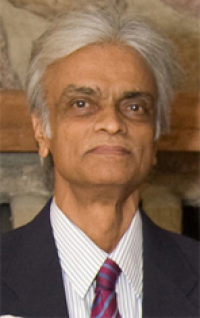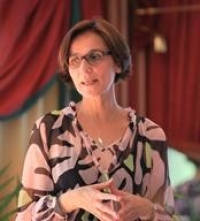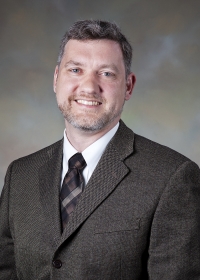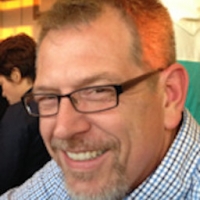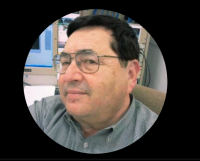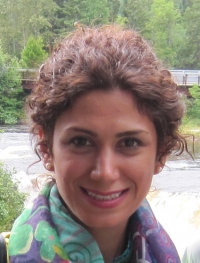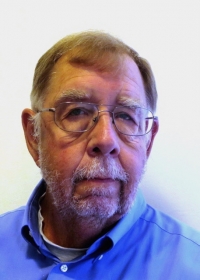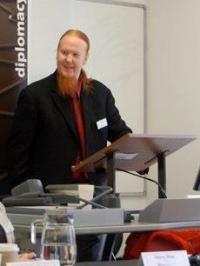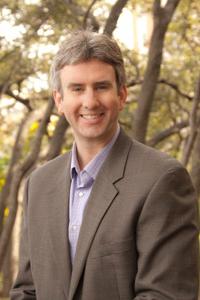
Today, the US – India relationship is rooted in shared values and is broad in nature and scope, with the two countries working together on the Indo-Pacific strategic partnership encompassing global and energy security, life sciences and public health, economic prosperity and trade, and education. A key outcome of this partnership has been the signing of the historic Indo-US Civilian Nuclear Agreement. While these steps take the engagement between the two democracies to new heights, acting as a damper especially during the cold war days and even today, the relationship has been plagued by sanctions and the resulting tensions and mistrust. In this context, the Civilian Nuclear Agreement and several other bilateral agreements will be discussed.
After spending 26 years at LLNL, his most recent assignment being Division Leader of New Technologies (formerly Nuclear Test) Engineering Division, Dr. Kulkarni was deputed from LLNL in 2004 as Executive Director, Laboratory Management in the University of California Office of the President. Subsequently, in 2006 he was selected to serve as the Counselor for Science, Technology, Environment and Health Affairs at the Embassy of the United States of America in New Delhi, India with the Department of State as a Limited-Term Foreign Service Officer. In 2009, he joined Georgetown University as Associate VP for New Initiatives and Partnerships, and later in 2011 he was appointed Director of Energy Initiatives at Virginia Tech and concurrently, Research Professor of Engineering Science and Mechanics and Affiliate Professor of Nuclear Engineering Program. At Virginia Tech, he developed and taught two graduate courses: “S&T and Policy, Their Interplay” and “Sustainable Innovation”, and organized and chaired the Forum on “Nuclear Regimes: Future Outlook” in 2012. He retired in 2014 and returned home to San Ramon CA.
In 2009 he was inducted into the Academy of Engineering Excellence at Virginia Tech for ‘meritorious lifetime achievements and contributions to the engineering profession’ and appointed to serve as member of its College of Engineering Advisory Board. In 2012, he received the Graduate Alumni Achievement Award during the Commencement at Virginia Tech for ‘establishing an exemplary record of innovative scientific, educational, and policy leadership in national and international arenas’.

